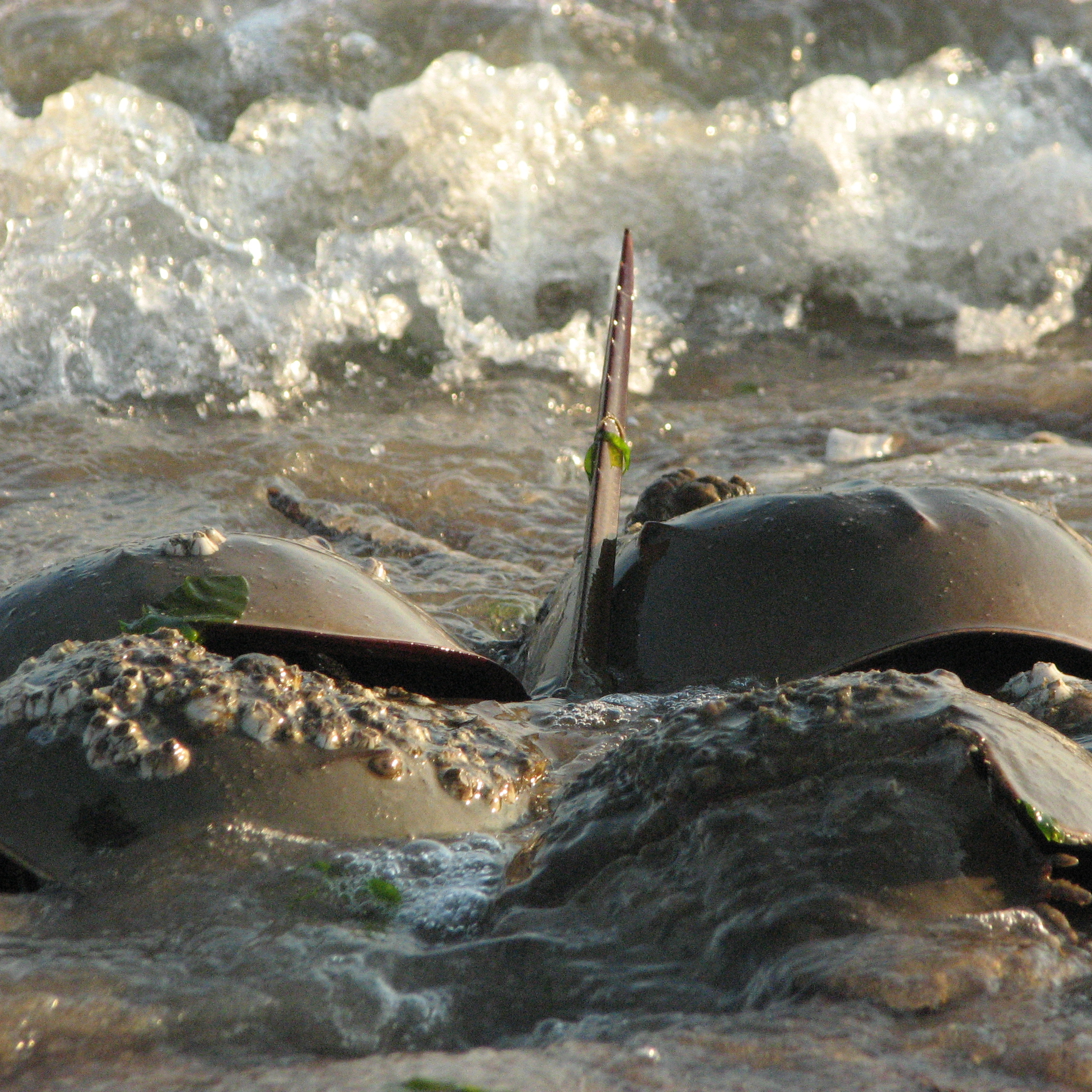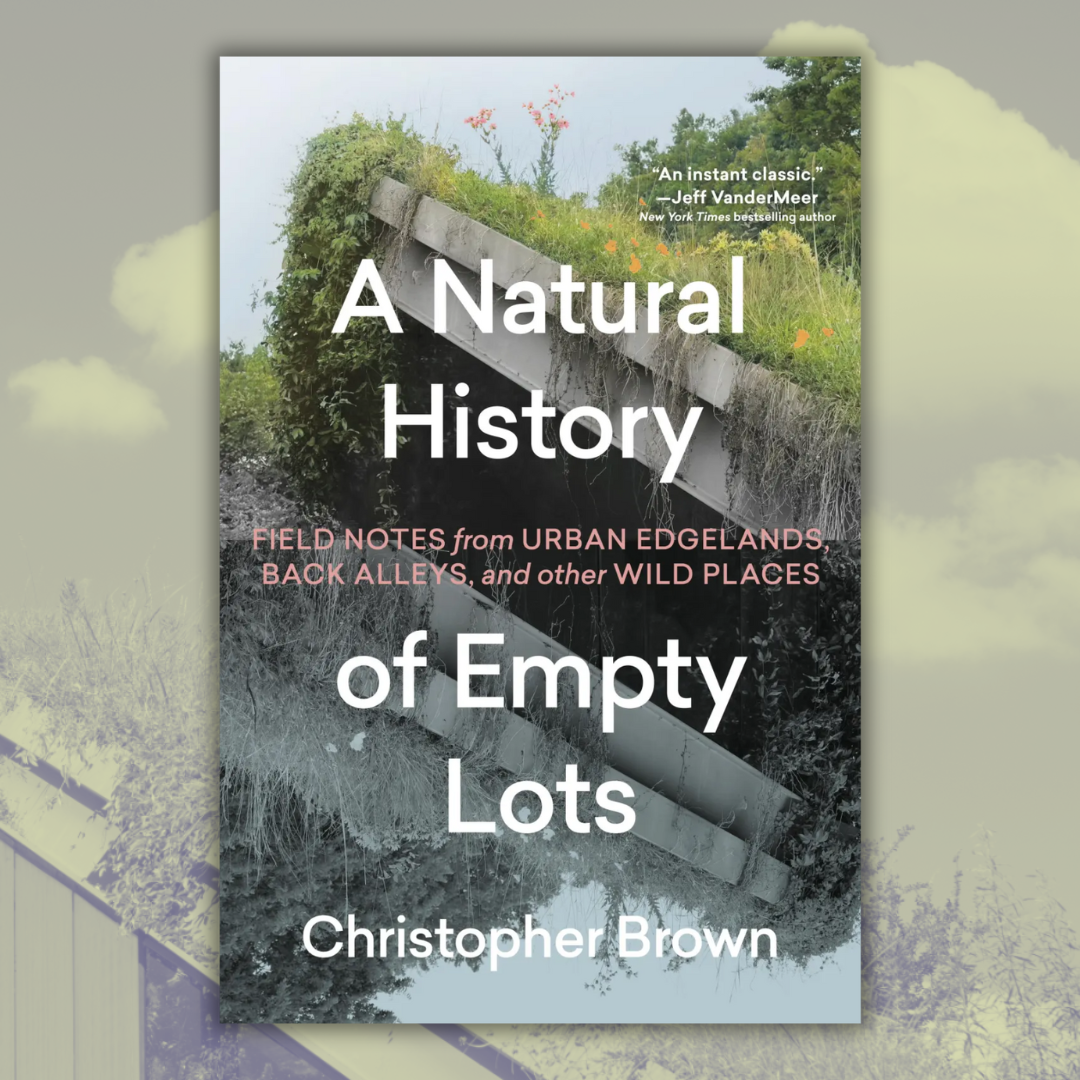- Studio Dirt
- Posts
- The Age of Deer 🦌
The Age of Deer 🦌
"An eerie analog for our own existence"

Norah Rami in conversation with Erica Howsare on her book, The Age of Deer: Trouble and Kinship with our Wild Neighbors.

Deer exist at the bright line where civilization and wilderness meet. They embody the wilderness, yet they occupy our backyards and suburbs. They are tied closely to human settlement, their antlers tucked in the arms of the prehistoric human remains found in the Qafzeh Cave. Yet, they are constantly out of our reach, resisting attempts at domestication. Our relationship with deer is complex—we sympathize with Bambi while partaking in a widescale effort to control and reduce their populations.
Erica Howsare's 2024 book The Age of Deer: Trouble and Kinship with our Wild Neighbors, forthcoming in paperback on January 7th, tracks deer from the hide blankets of indigenous rituals to the trophy buck at a modern hunting expo. It is the culmination of extensive scientific research, cultural reporting and poetic narrative.
As Howsare writes, “[Deer] have been—they still are–what is desired, what flees, what is pursued, and sometimes what gets caught.” Howsare engages in her own pursuit, capturing the vivid political and personal entanglement between deer and humans. In an age of environmental disruption, the book provides a timely framework to reconsider the broader ecosystem in which we, as humans, are active participants.
As one of the few remaining North American megafauna, Howsare points out that deer stand across from us at roughly our own size—“an eerie analog for our own physical presence.” In drawing our gaze to deer, The Age of Deer then forces us to look back at ourselves. —Norah Rami
The following interview has been edited and condensed.

Norah Rami: In the book, you talk about how the hunters who track deer really get to know the deer intimately. Your process in writing this book, tracking deer through all these rituals, research, and historical narratives, is somewhat akin to that hunt. How did your relationship with deer change while you were writing this book?
Erica Howsare: That parallel that you're pointing out is very strong for me, that feeling of pursuing them through as many different realms as I could think of. They kind of led me further and further onwards, further than I had anticipated in a lot of cases, which definitely has a correspondence in a lot of the old stories about them, they kind of lead you to a place you hadn't imagined or hadn't expected to go.
I also just found a kind of hunter's physical craving for them—a deeper level of excitement in the act of not just seeing them, but going and looking for them.
One thing is the new appreciation I have for the fact that they're here in such great numbers. One of the historical stories that I tried to tell in the book was about these steep ups-and-downs in the population in the US over time. They came really close to becoming extinct, or, you know, maybe quite rare, but were brought back from that brink and have become this very abundant animal that many of us live with as neighbors. The availability of them, the fact that we get to see them a lot seems like a bit of a miracle to me now. Where I live in Virginia, and many places in the US, there used to be elk, bison, mountain lions—they're all gone. So we're living in this world of emptiness, in a way, but deer are an example of fullness and abundance that's still here. I appreciate that.
I also just found a kind of hunter's physical craving for them—a deeper level of excitement in the act of not just seeing them, but going and looking for them.
NR: You brought up this interesting point about how deer are these anomalies when we're thinking about ongoing environmental change. While megafauna is disappearing and being threatened by human expansion, deer have come back from extinction—to the point of overpopulation which has its own negative consequences in the environment. How do you think deer specifically provide this unique insight into our conversations about conservation and changes in the environment?
EH: I grew up hearing that statement as a given, “There are too many deer. Deer are overpopulated.” I knew that I was going to have to dig into that as part of my research. But still, I thought it would be simple to find out. And it’s not simple at all. I finished writing this book over two years ago, but I still am coming across more layers of complexity in that question.
I was recently walking in a wooded study area with a scientist in Ohio who's done a lot of studies about deer and how they affect forests. There were invasive plant species in this patch of forest that abundant deer are helping to control. You'll often hear the story about how they're preventing the regeneration of native plants and trees, but on the other hand, they're helping to control invasives, at least in that place. There are a million shades of gray.
It's a really good lesson in the complexity and the local specificity of every environmental problem. The answers are always hyperlocal. They're different over here than they are over there, and they demand a lot of layers of historical awareness and a willingness to hold two truths at the same time which is not how we like to operate usually. Deer have been a really good avenue into that practice of thinking.
NR: One of the solutions that is being implemented is culling, right? You saw the aftermath of that firsthand, and I was wondering if you could speak to what it viscerally felt like.
EH: It was a pretty intense trip to New Jersey. I describe it in the book as a kind of sorrow that kept knocking on the door and I kept trying not to answer, but it would knock again. It was part of a pattern of experiences I had while reporting the book. I call them, “standing over dead deer with men experiences.” There were different situations like hunting road kill and this culling trip that I went on where I would have a male guide or somebody I was following. We'd be regarding the bodies of dead deer together, and I would be feeling this whole set of social norms around that was telling me, “Don't get too emotional about this. This is not the time to openly grieve or say, ‘Oh, what a shame,’ or certainly not to cry or anything like that.” I just noted that that was a pattern.
We were around their deaths, and we're holding back from really feeling them. That was part of it. I was certainly feeling the complexity of why that program exists, why it's been going on in Princeton for over 20 years, and why it's done in so many places. There is a point at which deer and people just can't coexist, given their numbers and our feelings about them—so something has to give. Culling is the solution that a lot of communities land on.
NR: You grew up surrounded by hunting culture. Were there any moments that you were surprised, realizing this American pastime that you and your family have been so intimately connected to wasn't exactly what you had perceived it to be?
EH: I hadn't given hunting a lot of thought before I was writing this book, I think because I didn't really want to think about it. It wasn't something that attracted me as a topic. But clearly, if you're going to write a book about deer, you better get to work learning about hunting.
I ended up thinking—although my family probably would never ever put it this way—of my family’s annual hunting as an earth-based ritual. It happens at the same time every year, it's a way of getting out into the land, and it's a way of gathering this hyperlocal food that produces itself right there behind their houses. I don't think we have a lot of those kinds of rituals in my family, but this is one that really has been maintained for a long time and means a lot to a lot of people.
I ended up thinking—although my family probably would never ever put it this way—of my family’s annual hunting as an earth-based ritual.
NR: At one point in the book, you say, “Every question I asked about deer had humans lurking in the answers.” Do you see this as a book about deer that live with humans or the humans that are interacting with deer?
EH: Well, of course, it's both. But I do think the preponderance of the book is more about people and the different ways that we conceive of deer, the different roles that we have cast them in our world, and the contradictions of the fact that they can be victims but they can also be pests. Deer can be seen at the population level, where we're thinking, “How do we keep the numbers where we want them to be?” But then we're also capable of developing very individual personal relationships with deer, like a woman that I interviewed, who was rehabilitating fawns and was more-or-less thinking of them as her children—naming them, nurturing them, continuing to feed them as adults in her yard. I found the most grist for the mill in that human tangle. We just can't seem to settle into one way of looking at them. We're always kind of contradicting ourselves. 🦌

WHERE MAN AND BEAST MEET
|

